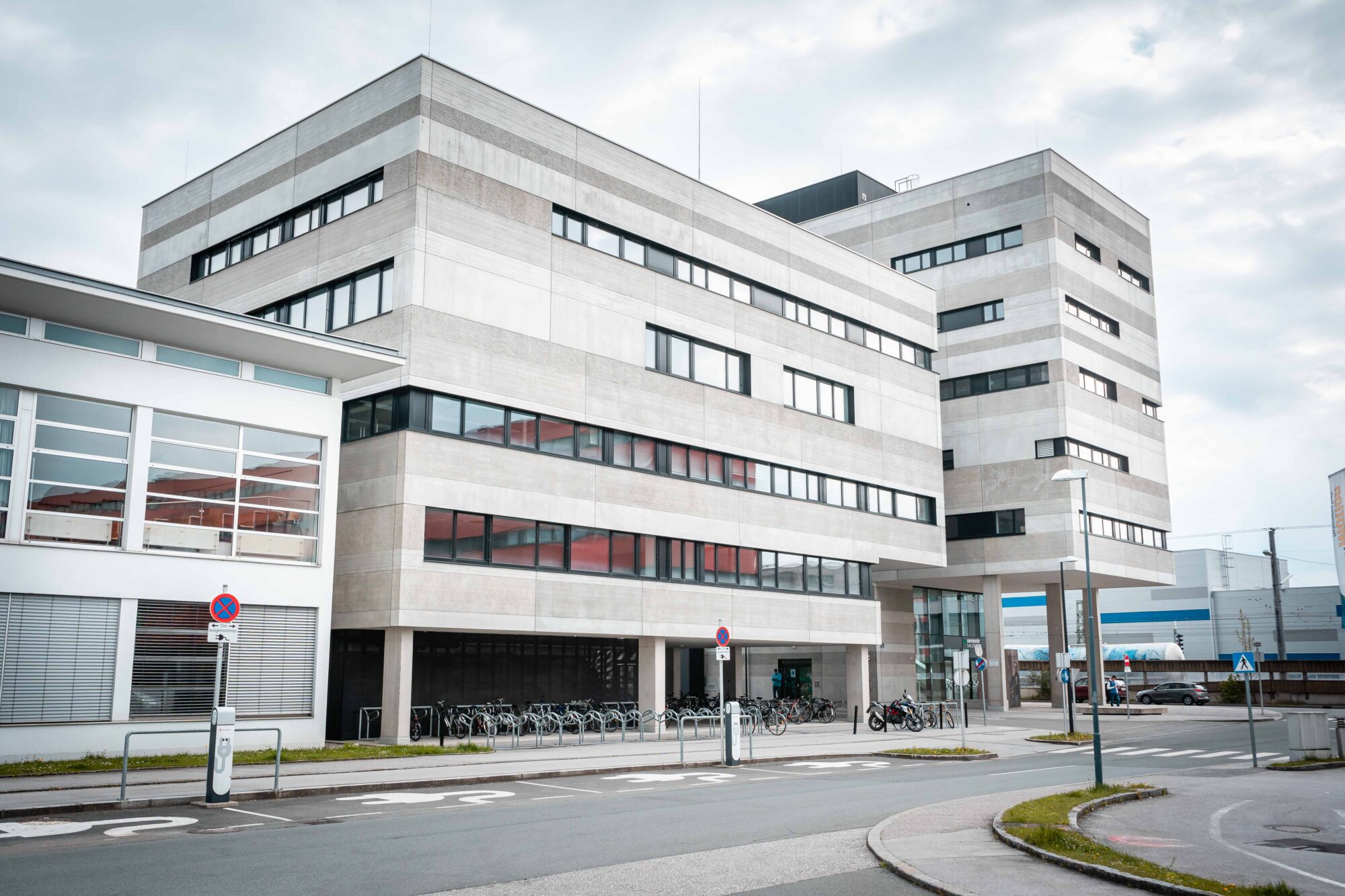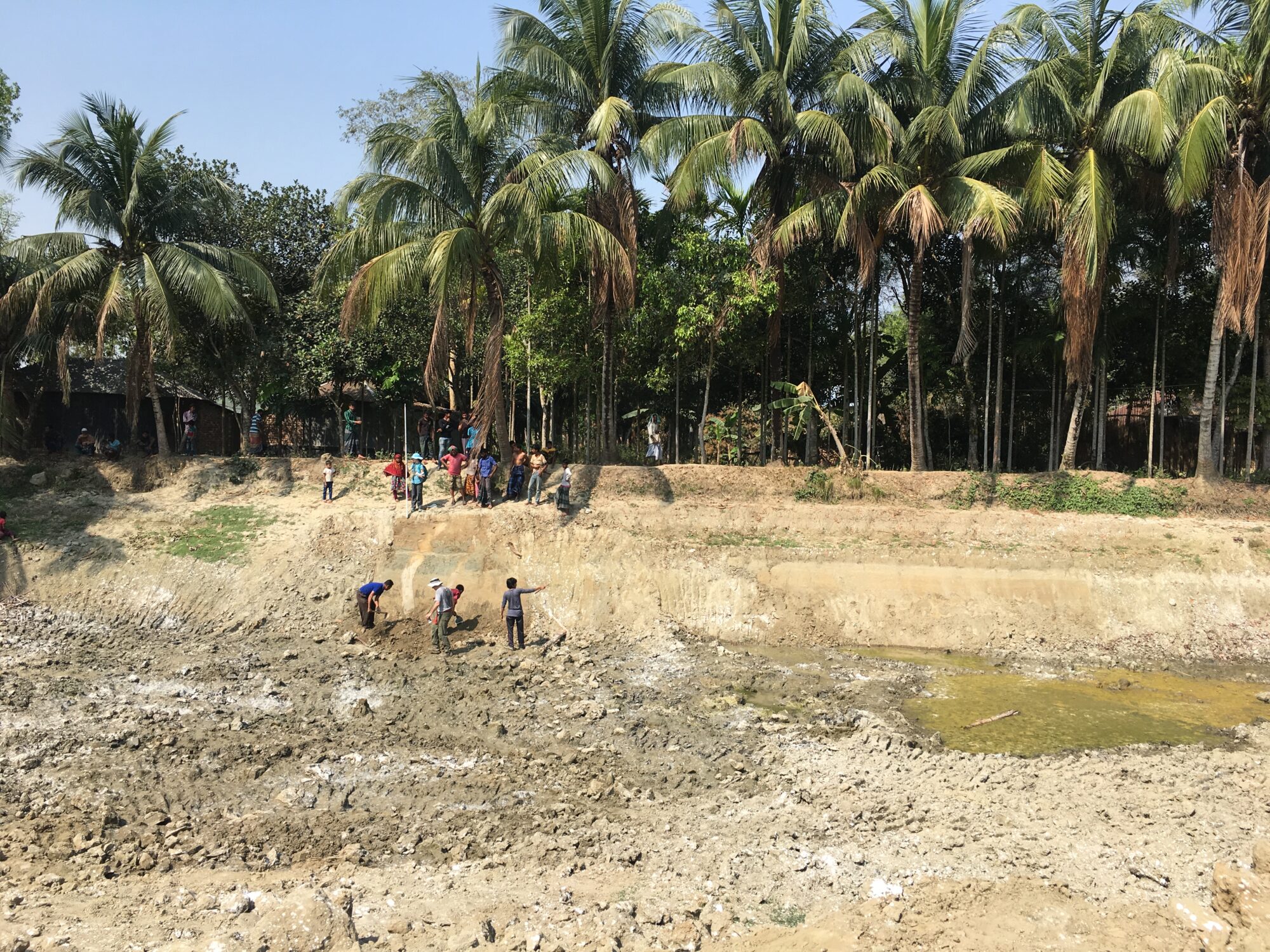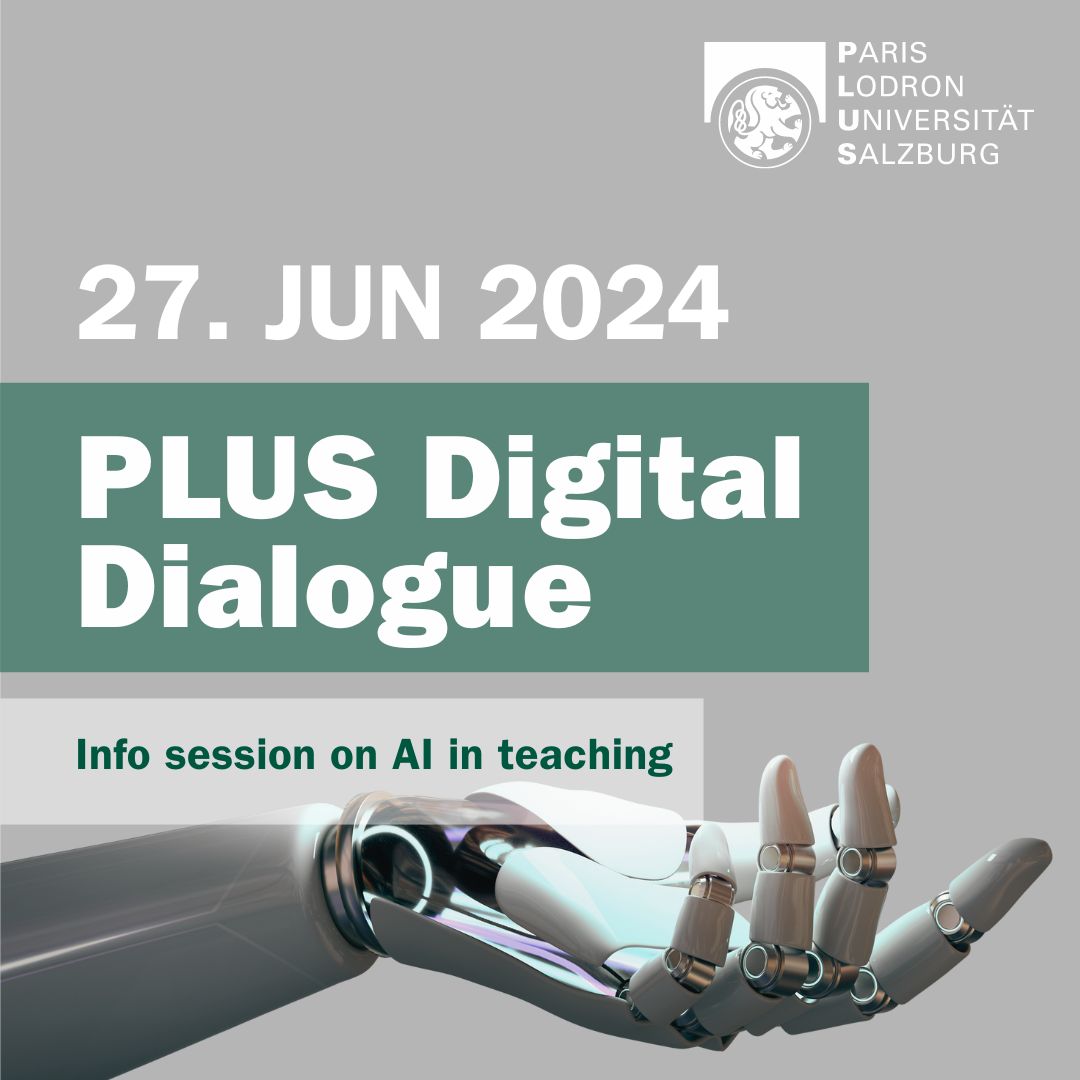
Nanoimaging: new method paves the way for innovative materials
An international research team, including PLUS researchers, has used X-ray nanotomography to discover how tiny, self-organised structures work together. This nanoimaging technique could help to produce materials for lighting and electronics applications that have a uniform and improved structure over long distances.

Earthquakes change river courses
An international team of scientists including, PLUS geologist Christoph von Hagke, has discovered that around 2500 years ago, an earthquake abruptly changed the course of the Ganges (India). The natural event diverted the main channel of the Ganges in what is now Bangladesh, causing a so-called “river avulsion” that drastically changed the landscape of the time. An earthquake of a similar scale would be a catastrophe for the region today. The results will help us make more accurate predictions of natural hazards and their effects. The study has just been published in the journal Nature Communications.

PLUS Digital Dialogue: Info session on AI in teaching
AI has become an integral part of university teaching and academic work. As a future-oriented university, we want to play an active role in shaping this transformation process and ensure that artificial intelligence has a designated space in our learning environment. In this PLUS Digital Dialogue, together with IT Services and the Department of Flexible Learning, we will be presenting specific AI applications that will be available to us for teaching and training in the winter semester.




